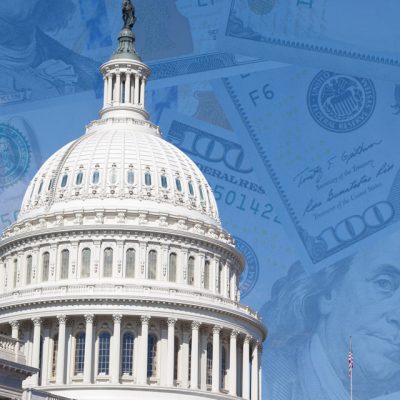Top 10 Retirement Reforms in Bill Up for House Vote Tuesday
As for changes to RMDs, Iwry explained that "instead of further postponing the RMD required beginning age, Congress could do more to help middle class seniors and make their lives simpler by totally exempting from the RMD rules all savers with less than a specified amount of retirement savings at age 72."
The Insured Retirement Institute says Secure Act 2.0 coming up for a House vote is "a major milestone in the legislative process." IRI, according to a spokesman, "remains optimistic that the House will pass this bill, that the Senate also will act on retirement legislation in the coming weeks, and a bill will be presented to President Biden for signature later this year." See the gallery above for 10 top measures included in the bill. Allison Bell contributed to this report. (Image: Shutterstock)© 2025 ALM Global, LLC, All Rights Reserved. Request academic re-use from www.copyright.com. All other uses, submit a request to [email protected]. For more information visit Asset & Logo Licensing.
Featured Resources
View All
Sponsored by Illinois Mutual Life Insurance Company
4 Reasons To Sell Simplified Issue Disability Income Insurance (SIDI)

Sponsored by Illinois Mutual Life Insurance Company
Simplified Issue Disability Income Insurance (SIDI): A Smarter Way to Sell and Protect








